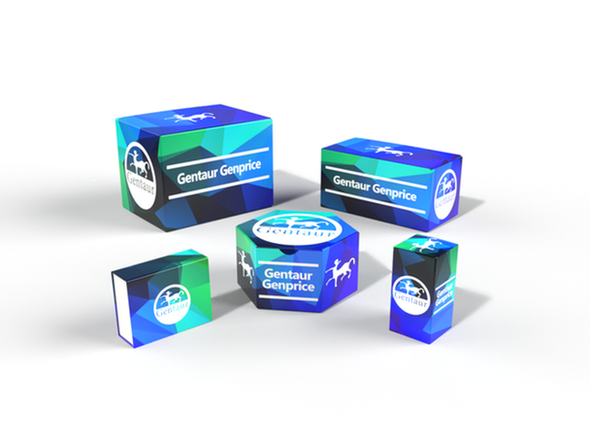740
Human N-methyl-D-aspartic Acid IgG Antibody (NMDA-Ab-IgG) ELISA Kit | AE62498HU
- SKU:
- 740-AE62498HU
- Availability:
- Usually ships in 5 working days
Description
Human N-methyl-D-aspartic Acid IgG Antibody (NMDA-Ab-IgG) ELISA Kit | AE62498HU | Gentaur UK, US & Europe Distribution
Species Reactivity: Human (Homo sapiens)
Abbreviation: NMDA-Ab-IgG
Alternative Name: N/A
Application: ELISA
Range: 0.312-20 ng/mL
Sensitivity: 0.115 ng/mL
Intra-Assay: ≤4.7%
Inter-Assay: ≤6.6%
Recovery: 0, 88
Sample Type: Serum, Plasma, Other biological fluids
Detection Method: Competitive ELISA
Analysis Method : Qualitative
Test Principale: This assay employs the competitive enzyme immunoassay technique. The microtiter plate provided in this kit has been pre-coated with an antibody specific to NMDA-Ab-IgG. Standards or samples are then added to the appropriate microtiter plate wells with a Horseradish Peroxidase (HRP) -conjugated NMDA-Ab-IgG and incubated. The competitive inhibition reaction is launched between with HRP labeled NMDA-Ab-IgG and unlabeled NMDA-Ab-IgG with the antibody. A substrate solution is added to the wells and the color develops in opposite to the amount of NMDA-Ab-IgG in the sample. The color development is stopped and the intensity of the color is measured.
Product Overview: Glutamate [NMDA] receptor subunit zeta-1 is a critical subunit of N-methyl-D-aspartate receptors, members of the glutamate receptor channel superfamily which are heteromeric protein complexes with multiple subunits arranged to form a ligand-gated ion channel. These subunits play a key role in the plasticity of synapses, which is believed to underlie memory and learning. The gene consists of 21 exons and is alternatively spliced, producing transcript variants differing in the C-terminus. Although the sequence of exon 5 is identical in human and rat, the alternative exon 5 splicing in rat has yet to be demonstrated in human. Cell-specific factors are thought to control expression of different isoforms, possibly contributing to the functional diversity of the subunits.
Stability: The stability of ELISA kit is determined by the loss rate of activity. The loss rate of this kit is less than 5% within the expiration date under appropriate storage condition. The loss rate was determined by accelerated thermal degradation test. Keep the kit at 37°C for 4 and 7 days, and compare O.D.values of the kit kept at 37°C with that of at recommended temperature. (referring from China Biological Products Standard, which was calculated by the Arrhenius equation. For ELISA kit, 4 days storage at 37°C can be considered as 6 months at 2 - 8°C, which means 7 days at 37°C equaling 12 months at 2 - 8°C) .










